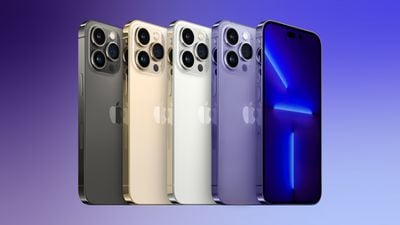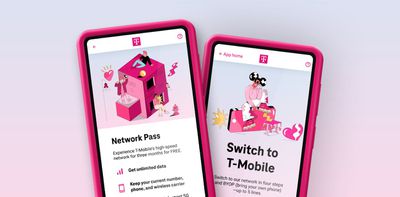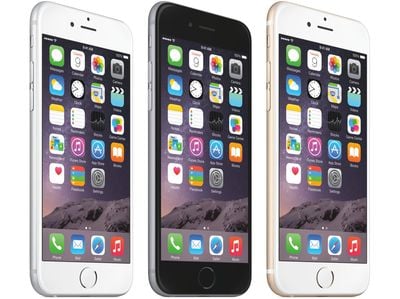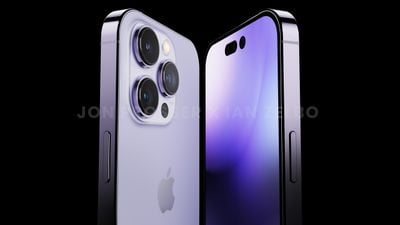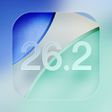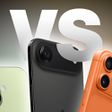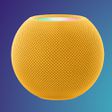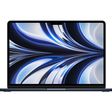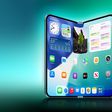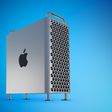We're six days away from the launch of the iPhone 14 and iPhone 14 Pro, and as is almost typical, there has been a flurry of new rumors and reports in the last few days about the upcoming iPhones. To make things easier for MacRumors readers, we've compiled the latest rumors about the upcoming iPhones below so you can get all caught up.
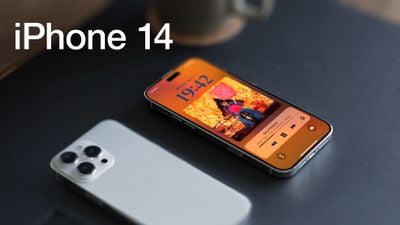
Two Cutouts Turn Into One
Apple is expected to replace the notch on the iPhone 14 Pro lineup with a pill-shape and hole-punch cutout, as has been rumored repeatedly. One major new detail of the notch replacement that surfaced this week is that when the iPhone 14 Pro is in use, the pill-shape and hole-punch holes will digitally merge into one longer pill-shaped cutout, according to a post on the MacRumors Forum citing an Apple engineer.
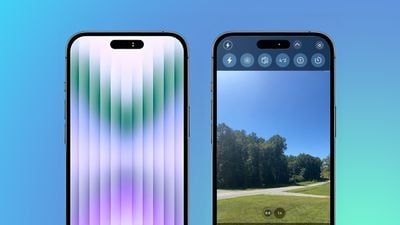
According to the post, Apple will digitally black out the space between the two physical holes and use that space to showcase iOS privacy indicators currently shown in the top right-hand corner of the iPhone. Additionally, according to the post, Apple will use the extra space at the top of the display to rearrange controls in the Camera app.
iPhone 14 Max Turns Into iPhone 14 Plus
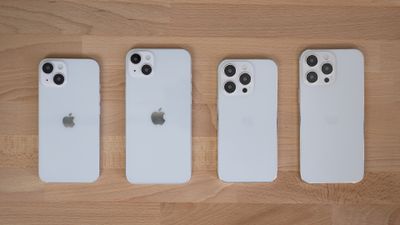
While we were expecting Apple to name the 6.7-inch low-end iPhone 14 the "iPhone 14 Max," it could turn out to be the "iPhone 14 Plus." Apple last used the Plus name with the iPhone 8 Plus, since reverting to "Pro Max" for its largest iPhone model. The 6.7-inch "iPhone 14 Plus" will be one of two 6.7-inch iPhone models in the 2022 iPhone lineup, with the other "iPhone 14 Pro Max" sitting at the highest end of the lineup.
Unlike the iPhone 14 Pro Max, which will feature a new hole-punch and pill-shape notch replacement, a 48MP camera, and an always-on display, the "iPhone 14 Plus" will retain the same notch and processor as the iPhone 13 but in a larger form-factor.
No More Sierra Blue and More
A rumor this week suggested that Sierra Blue, a color option introduced with the iPhone 13 Pro and iPhone 13 Pro Max, will not be available with the iPhone 14 Pro series. Instead, Apple will replace the blue with a new green and purple color in the lineup, according to the rumor. That rumor also listed out other expectations for the iPhone 14 and iPhone 14 Pro, including:
- Stronger MagSafe magnets on the back
- Pro iPhone models to start with 256GB of storage, not 128GB like before
- No high-end titanium iPhone model, despite Apple having tested the new material
- A new "exclusive MagSafe battery pack" to accompany the stronger MagSafe system
- Improved performance and heat management thanks to the A16 Bionic chip
Conclusion
Apple is widely expected to announce the iPhone 14 and iPhone 14 Pro, the Apple Watch Series 8, the Apple Watch "Pro," and a new Apple Watch SE during an event planned for Wednesday, September 7. Stay tuned to MacRumors for full coverage of Apple's event set to take place in a little over six days.


 Note: MacRumors is an affiliate partner with Amazon. When you click a link and make a purchase, we may receive a small payment, which helps us keep the site running.
Note: MacRumors is an affiliate partner with Amazon. When you click a link and make a purchase, we may receive a small payment, which helps us keep the site running.

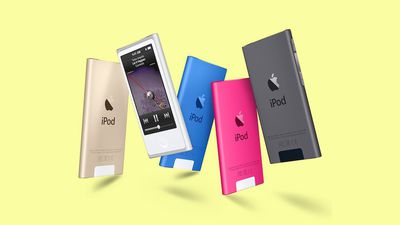
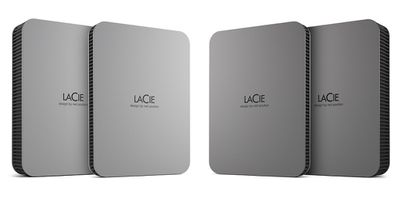
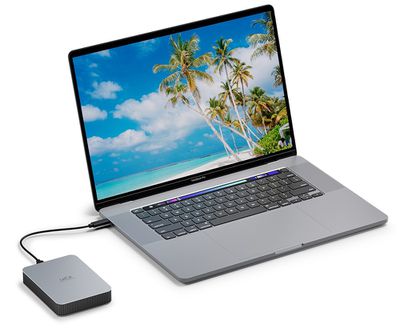

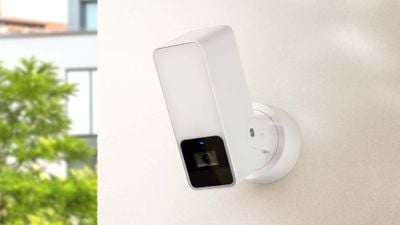
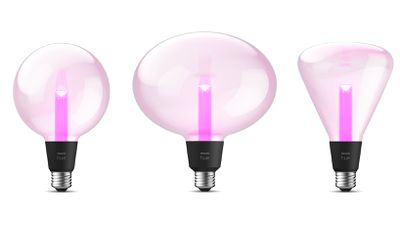
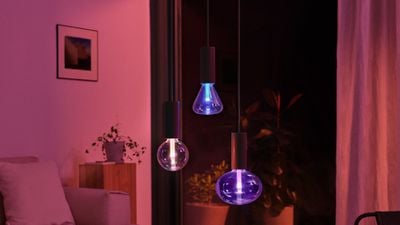
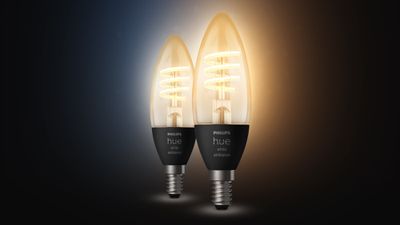
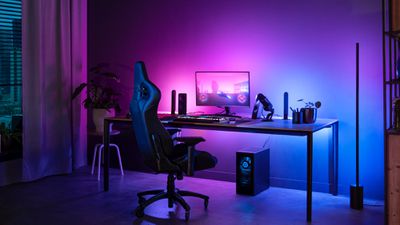
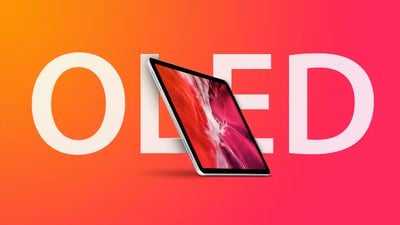
 OLED technology comparison table
OLED technology comparison table 